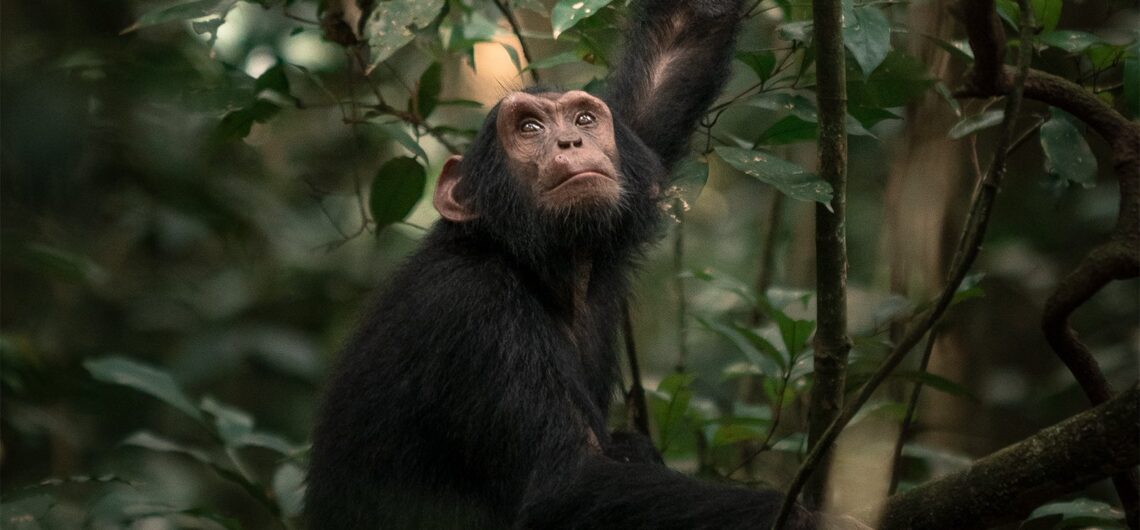Nestled in the heart of western Uganda, Kibale Forest National Park is a lush, verdant wonderland renowned as the “Primate Capital of the World.” Spanning 795 square kilometers, this tropical rainforest is not only one of the most diverse and beautiful ecosystems in Africa but also one of the best places on the continent to encounter primates in their natural habitat.
With 13 primate species, including the highest population density of chimpanzees in Uganda, Kibale Forest offers an unparalleled opportunity for primate enthusiasts and nature lovers alike. This guide delves into what makes Kibale Forest a true primate paradise and why it should be at the top of your safari list.
The Rich Primate Diversity of Kibale Forest
Kibale Forest is home to an extraordinary array of primates, making it one of the most important primate conservation areas in the world.
The park boasts 13 primate species, including our closest living relatives, the chimpanzees, along with other remarkable primates such as the red colobus monkey, black-and-white colobus monkey, L’Hoest’s monkey, and the grey-cheeked mangabey.
Chimpanzee tracking is the star attraction in Kibale, drawing visitors from across the globe eager to experience the thrill of encountering these intelligent and social apes up close.
With over 1,500 chimpanzees residing in the park, it offers one of the best chances of spotting these fascinating creatures in the wild. The chimpanzees in Kibale have been habituated, meaning they are accustomed to human presence, allowing for a more intimate and unforgettable tracking experience.
Apart from chimpanzees, Kibale’s forests also harbor other rare and interesting primates such as the olive baboon, blue monkey, and the endangered Uganda red colobus. Visitors may also catch glimpses of the nocturnal bushbaby and potto during night walks.
The diversity and density of primates in Kibale Forest make every visit a thrilling adventure, providing unique opportunities to observe the complex behaviors and interactions of these remarkable animals.
Chimpanzee Tracking
Chimpanzee tracking in Kibale Forest is an adventure like no other. The experience starts early in the morning when visitors, accompanied by experienced guides and trackers, set off into the forest in search of the chimpanzees.
The guides are skilled in identifying the signs of chimpanzee activity, such as broken vegetation, footprints, and vocalizations, making the search both exciting and educational.
Once the chimpanzees are located, visitors can spend up to one hour observing these intelligent apes as they feed, play, groom, and interact with each other. Witnessing their complex social structure, communication, and human-like behaviors is an awe-inspiring experience that leaves a lasting impression.
The forest echoes with the hoots, screams, and calls of the chimpanzees, adding a dramatic soundtrack to this unforgettable encounter.
For those looking for a deeper experience, Kibale also offers the unique opportunity of chimpanzee habituation experiences, which allow visitors to spend an entire day with the researchers and trackers as they follow chimpanzees from dawn until dusk.
This immersive adventure provides rare insights into the daily lives of chimpanzees and the ongoing conservation efforts to protect them.
Exploring the Biodiversity Beyond Primates
While primates are the main attraction, Kibale Forest National Park is also rich in other forms of wildlife and biodiversity.
The forest is home to over 375 bird species, making it a haven for bird watchers. Notable bird species include the African pitta, green-breasted pitta, and the great blue turaco. The park also supports a variety of mammals, such as forest elephants, bush pigs, and duikers, though these are often more elusive.
Kibale’s diverse habitats range from dense rainforest to patches of grassland and swamp, supporting a wide range of plant and animal life.
The forest’s lush canopy is a botanist’s dream, filled with towering fig trees, strangler figs, and a myriad of ferns and epiphytes. Nature walks through this rich ecosystem reveal a hidden world of insects, colorful butterflies, and vibrant plant life that adds to the park’s magical allure.
The Bigodi Wetland Sanctuary, located just outside the park, offers another excellent opportunity to explore Kibale’s biodiversity. This community-run conservation area is known for its rich birdlife and primate sightings, including the rare red colobus and the grey-cheeked mangabey.
Aguided walk through the swampy trails of Bigodi provides a unique chance to see Kibale’s wildlife from a different perspective, while also supporting local conservation and community efforts.
Kibale Forest National Park is truly a primate paradise, offering unparalleled opportunities to experience some of the world’s most fascinating creatures in their natural habitat. From the thrill of tracking chimpanzees through the dense rainforest to exploring the park’s rich birdlife and diverse ecosystems, a visit to Kibale is a journey into the heart of Uganda’s natural beauty.
As a haven for primates and a model of community-based conservation, Kibale Forest stands as a testament to the importance of protecting our planet’s incredible biodiversity for future generations to enjoy.

